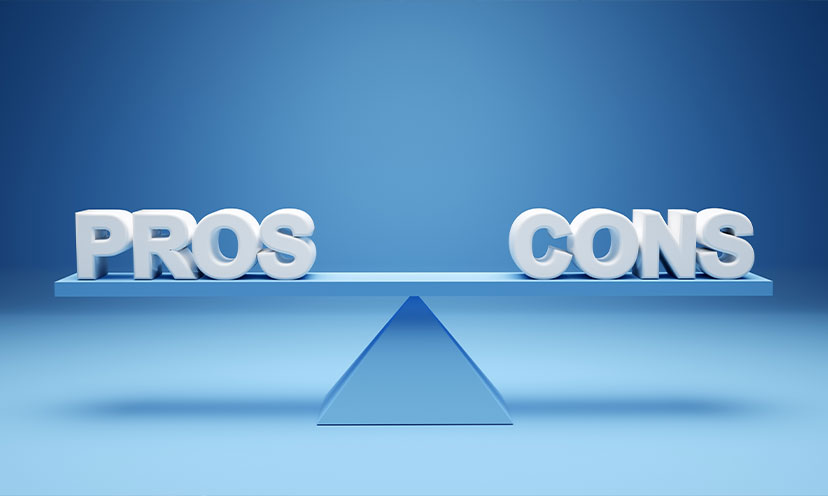If you’re looking for a low-risk way to save money over time, savings bonds might be a good option. They’re easy to buy, backed by the U.S. government, and can provide steady, if modest, growth. Let’s break down what savings bonds are, the types available, how to buy them, and whether they’re the right fit for your financial goals.
What Are Savings Bonds?
Savings bonds are a type of loan you give to the U.S. government. In return, the government agrees to pay you back with interest over time. They’re considered one of the safest investments because they’re backed by the full faith and credit of the U.S. government.

Types of Savings Bonds
There are two main types of U.S. savings bonds available today: Series EE and Series I.
Series EE Bonds
- Offer a fixed interest rate
- Guaranteed to double in value if held for 20 years
- Continue to earn interest for up to 30 years
- Best for long-term savers who want predictable returns
Series I Bonds
- Earn interest through a mix of a fixed rate and an inflation-adjusted rate that changes every six months
- Designed to keep up with inflation, so your money retains its purchasing power
- Also earn interest for up to 30 years
- A popular choice when inflation is high

How to Buy Savings Bonds
Buying savings bonds is simple and all done online through TreasuryDirect.gov. Here’s how:
- Set up a TreasuryDirect account (free and secure)
- Choose the type of bond (EE or I)
- Decide how much to buy: you can purchase as little as $25 and up to $10,000 per year for each type of bond
- Pay electronically using a bank account
Note: You can also buy I Bonds using your federal tax refund, up to an additional $5,000.

Pros of Savings Bonds
- Low Risk: Virtually no chance of losing your money
- Tax Advantages: Interest is exempt from state and local taxes. You can also defer federal taxes until you cash in the bond or it matures
- Inflation Protection: I Bonds specifically help protect your savings from inflation
- Affordable: Low minimum purchase makes them accessible to almost anyone
Cons of Savings Bonds
- Lower Returns: Compared to stocks or mutual funds, returns are modest
- Access Limitations: You can’t cash them in for at least one year, and there’s a penalty (three months’ interest) if you cash out within five years
- Online Only: EE and I Bonds are no longer sold in paper form, except through tax refunds

Are Savings Bonds a Good Investment?
That depends on your goals.
They are great for safe, long-term savings, like a gift for a child, a future down payment, or part of your emergency fund. They are not ideal for short-term goals or for people looking for high returns. However, they are useful for diversification, since adding bonds to your investment mix can balance out riskier assets like stocks.
Final Thoughts
Savings bonds aren’t flashy, but they’re reliable. If you’re looking for a safe way to save money over time, especially during uncertain economic times, they can be a smart addition to your financial toolkit. Whether you want steady growth or inflation protection, there’s a bond for that. Just be sure you understand the terms and how they fit into your overall financial plan.
